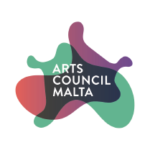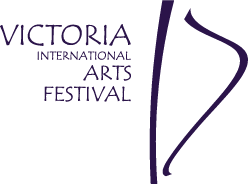A resounding close to the Baroque series of concerts
Our short series of Baroque concerts, five of them, came to a resounding close on Tuesday evening. Gianluca Libertucci, organist at the famous St Peter’s Basilica, Rome, and Carmelo Fede, trumpet, gave a spectacular concert at St George’s Basilica. Performing on the 18th century organ in the Basilica, this was one wonderful concert which will not be easily forgotten by those who were privileged either to be there or to listen to it on our Leħen il-Belt Victoria community radio.
Although it is very easy to think of both the organ and the trumpet as Baroque instruments, it is not that easy to think of them in concert. By ‘concert’ I understand playing in a concerted manner, together. This is what they did. Starting with the superb Suite in D Major by Jeremiah Clarke, a typical English work with all the pomp and circumstance one associates with the genre, the Duo immediately made their mark as supremely accomplished performers, with Libertucci negotiating his way on a two and a half octave organ which is capable of great beauty, and Fede ringing out high D’s as naturally as breathing. The work finished with the much-loved Trumpet Voluntary and, despite the panache and drive, the performance was controlled and measured.
Next, Libertucci played a solo work, namely, Kerll’s Passacaglia, a piece that moves on a bass ostinato with figurations and embellishments in the right hand. It is cast in the typical southern German style, combining strict German counterpoint with lyrical Italian melodiousness and techniques. The Duo then performed a delectable anonymous Spanish piece entitled Canciònes des clarines, a work that is structured in the form of a Baroque Suite with discrete movements marked alternately fast and slow. The rapport between the two performers was superbly controlled and easefully mastered.
Libertucci then manifested his wizardry on the organ, playing a three movement Concerto by Vivaldi. There is something about a fantastic performer that makes him stand out above lesser mortals – a sense of naturalness, ease, humility and genius. Libertucci performed from a figured bass and he wriggled his way out of the immeasurably difficult passage work nimbly and elegantly. Replicas were never played the same – new embellishments, runs and ornamentation were varied every time yet neither the tempo nor the structure were sacrificed for capricious finger-work.
Corelli’s Sonata in D Major for Trumpet and Organ is also in the typical three-movement paradigm. Complicated virtuoso writing for the trumpet, equally transferred on the organ, is the hallmark of this very lovely work. Tackled with panache and verve, the Duo sailed through the piece effortlessly. Libertucci then played a Bach work, with all the trappings of Baroque technique, virtuosity and massive architectonic structures. Bach never wrote for the big organs we recognize today and the one Libertucci performed on at St George’s Basilica is more or less the kind of instrument Bach would have had at his disposal. Such is the greatness of this composer that he can fit in with the miniature and the grand design equally well. Crystal clear articulation, frenetic runs and rapid foot-work on the pedal characterized this work, tackled by an extremely fine musician indeed!!
The last work on the programme was Handel’s Suite in D Major, again a typical Dance Suite one associates with the Baroque period. There is something aristocratic about a Handel melody, majestic and noble without it being unbending or in any way stiff. Elegance of phrase and a wonderful melodic line were supported by complex harmonies on the organ and the antiphonal exchanges were very carefully managed. Ending on an exuberant and extravagant high D on the trumpet caused the audience to spring to their feet and the thunderous applause that greeted the performers at the end was more than merited.
A charming encore brought this stupendous concert, and the 5-concert Baroque series to a rousing close. We will certainly organize it again next year!




